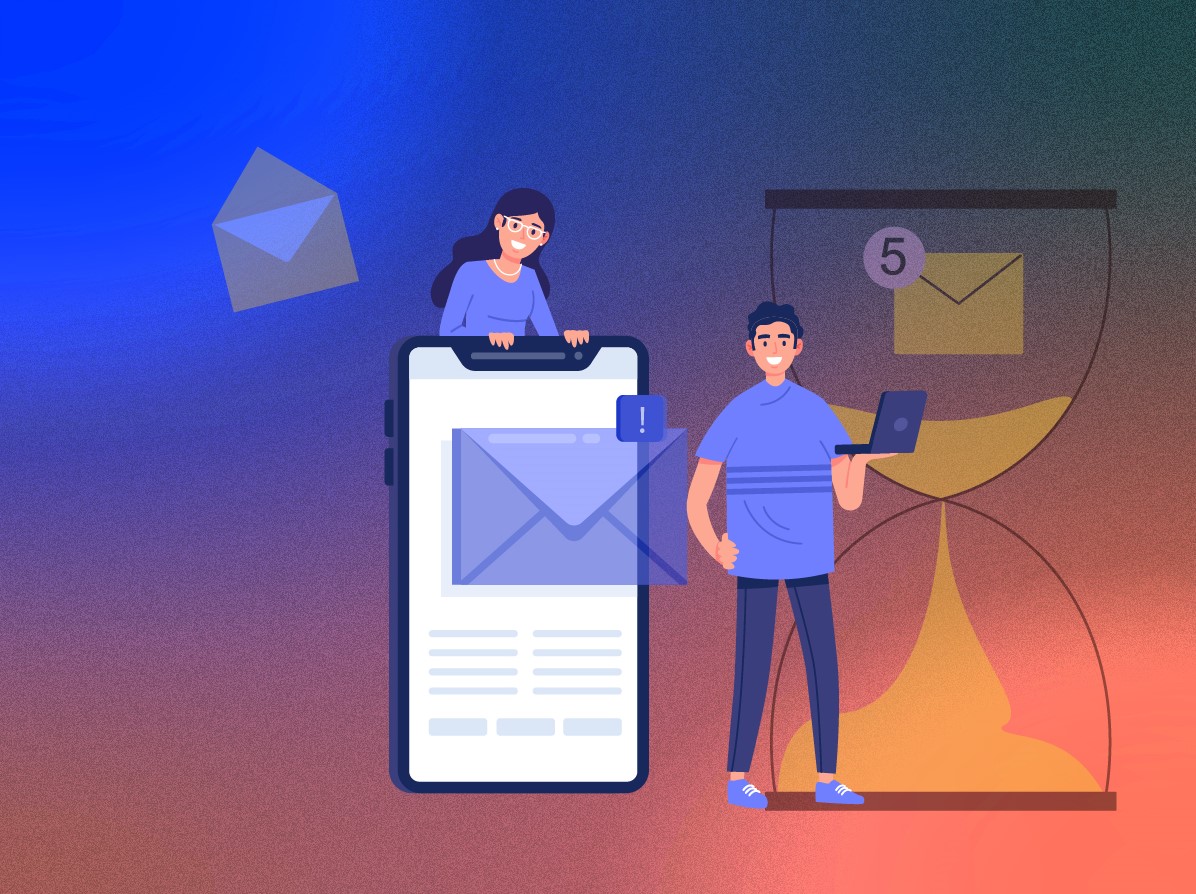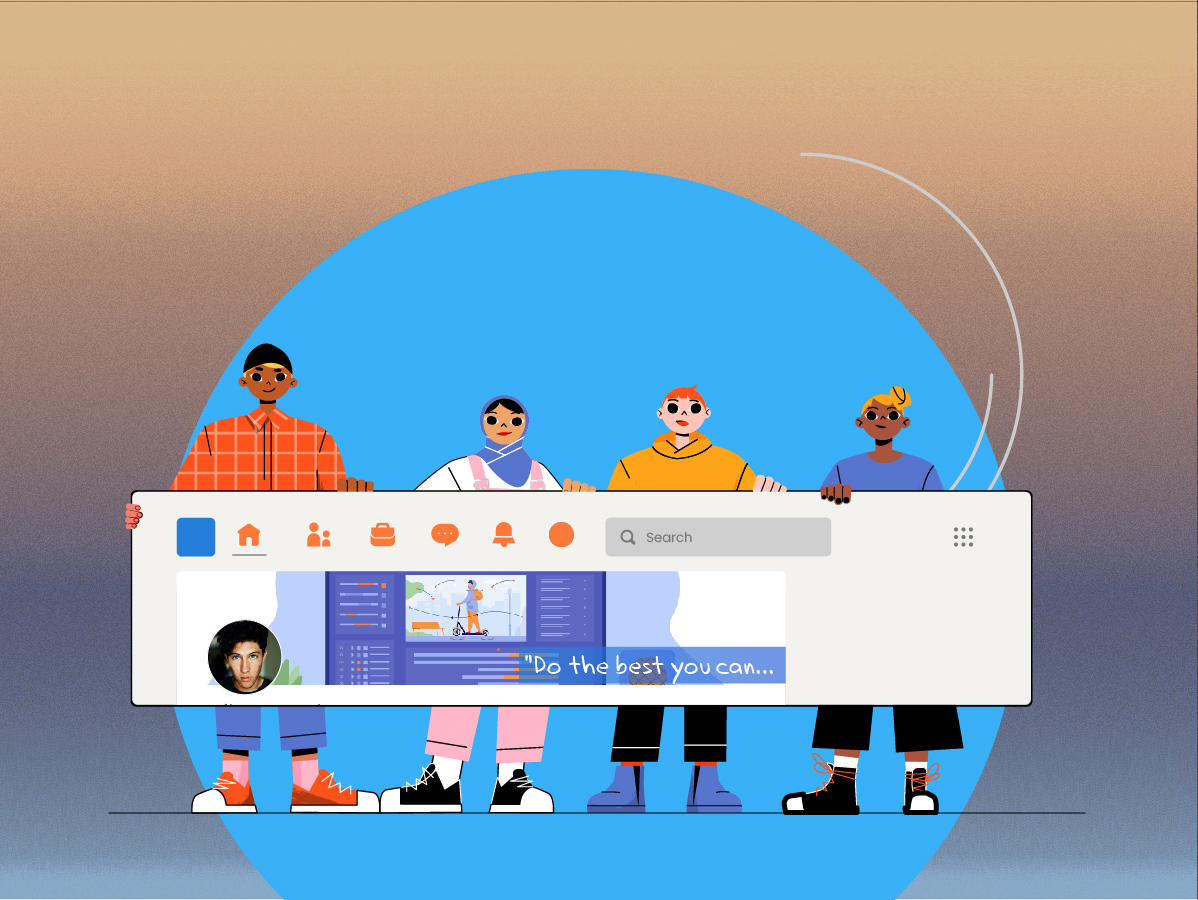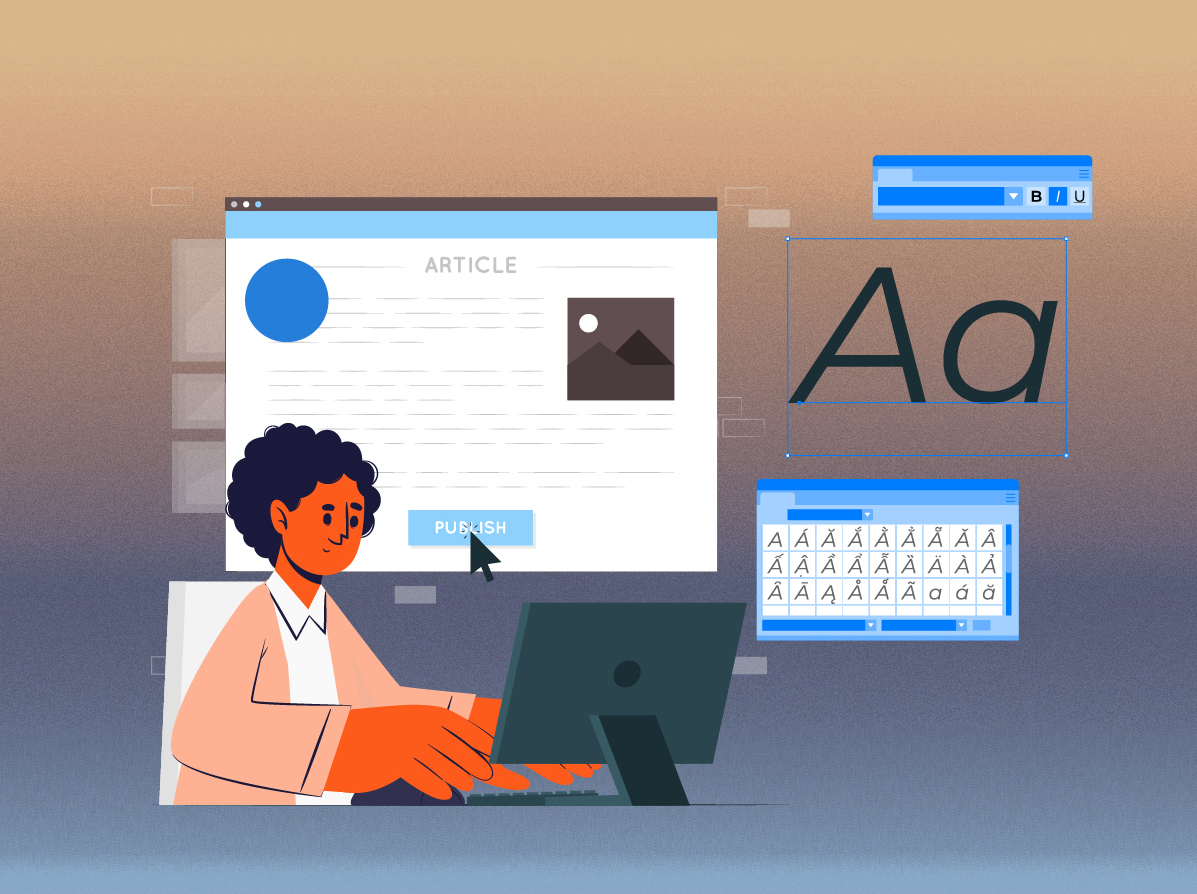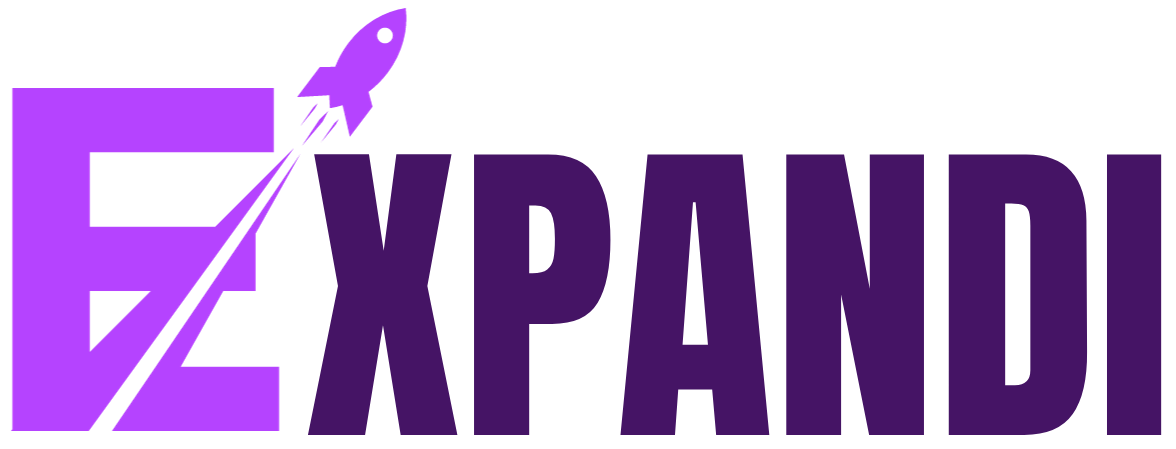In 2023, 347.3 billion emails will be received per day, and the number is set to increase in the coming years. Hence, people receive a lot of emails every day, and the possibility of your email being seen and read by a person is significantly less. However, sending a follow-up email can increase the chance of cutting through the noise.
Even one follow-up email can increase the chances of a reply by 65.8%. So, whether you are following up with a prospect or checking in with a colleague, sending a follow-up email can keep the conversation going and increase the chances of getting a response.
However, writing a follow-up email can be tricky, especially if you need help with what to say or how to say it. So, in this blog post, we’re going to cover everything you need to know about sending a follow-up email after no response.
We’re going to cover the following:
- Why should you send a follow-up email?
- When should you send a follow-up email?
- How many follow-up emails should you send?
- How to write a follow-up email?
- Follow-up email format
- Follow-up email best practices
Let’s dive in!
Why should you send a follow-up email?
Did you know that only 2% of sales are made after the first point of contact with the prospect? This means that following up is essential element of a sales conversation. Unfortunately, 44% of the sales professionals do not follow-up after no response from the first point of contact.
However, sending a follow-up email is essential because it increases your chance of getting a response to the original message. It will also show the recipient that you are interested in working with the prospect.
Also, a follow-up email helps in moving the conversation forward. If the first email didn’t resonate with the prospect, the follow-up email provides an opportunity to present a new angle or share more information.
Additionally, the prospect may have forgotten to respond to your first email. Hence, a follow-up email will serve as a reminder and prompt them to take action.
When should you send a follow-up email?
Ideally, you should wait at least three to five days before sending a follow-up email after no response. If you follow-up too soon, you’ll appear pushy. So, give the prospect enough time to think about your first email.
However, don’t wait for too long, as the prospect might forget your initial email.
How many follow-up emails should you send?
You should send three to five follow-up emails before giving up on the lead.
However, if you don’t get a response even after sending five follow-up emails, then it’s better to stop emailing them.
Remember that you don’t want to get marked as a spammer.
Also, remember that there is no one-size-fits-all approach, and the number of follow-up emails you send should depend on what works for you. For example, if you get a response on the sixth email, then send six emails.
How to write a follow-up email?
1. Greet the recipient
Begin your email with a polite greeting, addressing the recipient by their name. Also, send the follow-up email in the same thread as the first email.
You don’t want the recipient to sift through their inbox.
2. Recap the previous conversation
Briefly summarize the points of the previous email to refresh the recipient’s memory.
Here’s an example:
3. Include one clear message
Your follow-up email should have one clear request. Plus, it should be cohesive, meaning that the recipient shouldn’t have to read the first email to understand the follow-up email’s message.
If you have multiple requests or messages in the same email, the recipient may feel overwhelmed or confused about what you’re asking.
4. End with a clear call to action
The call-to-action (CTA) is the most overlooked but essential part of a follow-up email. Simply writing “Looking forward to your reply” won’t cut it.
The call-to-action should clearly state what action the recipient should take. For example, “Are you free for a quick 15-minute call this Thursday?” is a better CTA because it guides the recipient toward the next step.
Follow-up email format
Here’s the format of a basic follow-up email:
- Greeting: The first element of a follow-up email is the greeting, so greet the recipient and address them with their name.
- Reminder of the previous conversation: It’s essential to remind the recipient of the previous conversation or the previous email that you sent. This way even if the recipient forgot about your previous email, they will be reminded of why you had contracted them. Here are some examples of opening statements:
- “Hi [name], hope this email finds you well. I wanted to follow-up on the discussion we had [date] regarding the topic.”
- “Hi [name], thank you for taking the time to talk with me the other day. I wanted to touch base and learn if you have any updates since then.”
- “Hi [name], hope you are doing good. It was great speaking with you on [date]. I wanted to know if you have any questions regarding the [project].”
- “Hi [name], hope you had a great weekend. I wanted to check in and see if you had any concerns about our [product or service].”
- Additional value: One of the reasons why the prospect did not respond to your first email may be that you did not provide enough value in the first email. Hence, a follow-up email shouldn’t just be a reminder. It should also showcase your worth and provide additional value to the reader. Moreover, providing value will encourage the recipient to respond to the email.
You can provide value in the form of a blog post, webinar, or case study. Also, it is relevant to the recipient.
- Call to action: A call-to-action refers to the action you want the reader to take after reading your email. Make sure the call-to-action is clear, concise and easy-to-follow.
Here are some examples,
- “Do you have any more questions or concerns? I’ll be happy to help in any way I can.”
- “I love to hear your thoughts on this. Do you have any questions?”
- “If you are interested in hearing more about [topic], I will be happy to set up a call. When are you free this week?”
- “Would you be interested in a free live demo of our product in action?”
- Email closing: Lastly, close the email with your credentials and contact information. Below are some examples:
- “Speak soon! [Your name and contact information]”
- “Thank you! [Your name and contact information]”
- “Looking forward to hearing from you! [Your name and contact information]”
Follow-up email best practices
Here are some follow-up best practices you need to follow for best results:
1. Be clear and concise
State your message or ask clearly and succinctly. Avoid long-winded or complex language that may be difficult to understand.
2. Personalize your email
Use the recipient’s name, connections, or any previous conversation to make the email relevant and personalized.
3. Provide context
Briefly summarize the points from your previous conversation or email with them. This will help refresh the memory of the recipient and ensure cohesiveness.
4. Use a clear subject line
If you’re following up in a separate email, then write a clear subject line. It should summarize the main content of the email in a few words. Also, the subject line should concisely convey the message of the email.
5. Be polite and professional
Make sure the tone of your language is polite and respectful. You don’t want to appear passive-aggressive.
6. Provide a clear call to action
Explain what you are asking for or what action you would like the recipient to take, and make it easy for them to respond or take action.
7. Keep it short
The follow-up email should be short and to the point. It shouldn’t include huge walls of text and be respectful of the recipient’s time.
8. Use proper formatting
Formatting helps in organizing the message and makes it easier to read. Hence, use proper formatting in your email. For example, you can use bullet points, numbered lists, and white space.
9. Proofread the email
Before you hit ‘Send’, make sure that you have carefully proofread the email for spelling and grammar mistakes.
10. Follow-up again
Lastly, remember to follow-up again, if the prospect doesn’t respond to the first follow-up email. However, wait for a reasonable amount of time, before following up again.
Key Takeaways
In conclusion, sending a follow-up email is crucial for increasing response rates. Additionally, it can help you stay in touch with clients, colleagues, and potential partners and ensure your message is not lost in a crowded inbox.
By following the steps outlined in this guide, you can craft a professional, effective follow-up email that gets results. Remember to keep your message concise and clear, personalize your email, and always be respectful of the recipient’s time.
With a little practice and patience, you’ll be able to master the art of the follow-up email and build solid and lasting relationships with those you communicate with. So go ahead and hit that send button – your follow-up email might just be the key to unlocking your next big opportunity.
If you want to automate your follow-up strategy on LinkedIn, do check out expandi. It is a LinkedIn automation tool that lets users run automated sequences on the platform. Other than follow-up messages, you can also send automated connection requests, comments, likes, and more. So, download the free chrome extension of expandi today!








